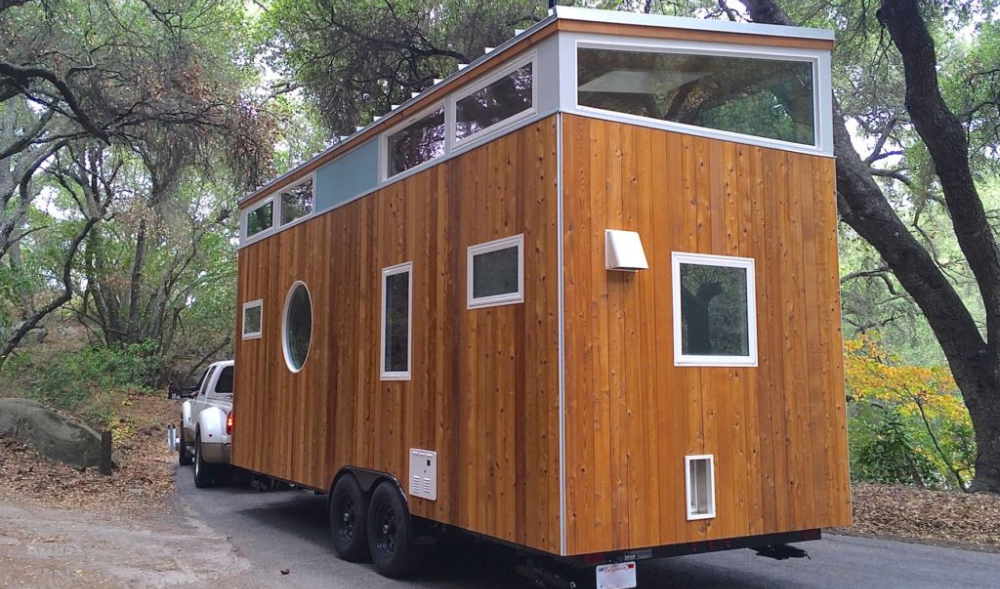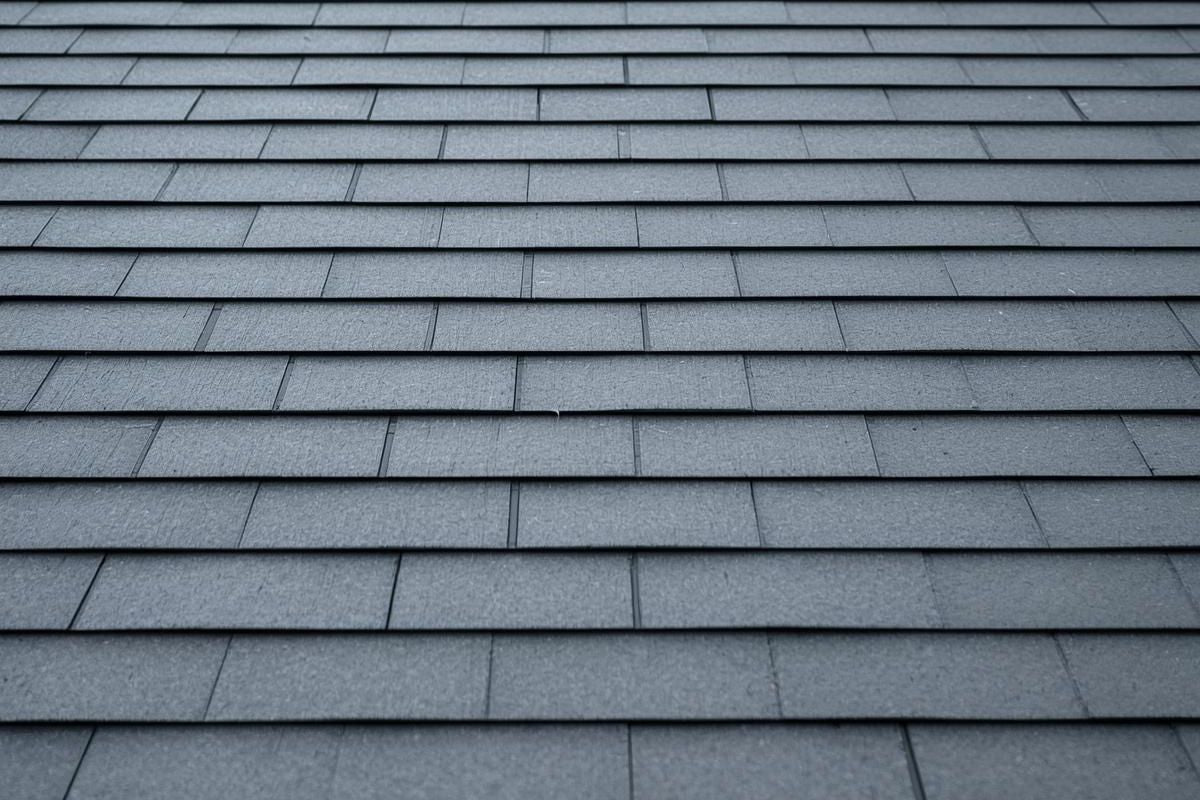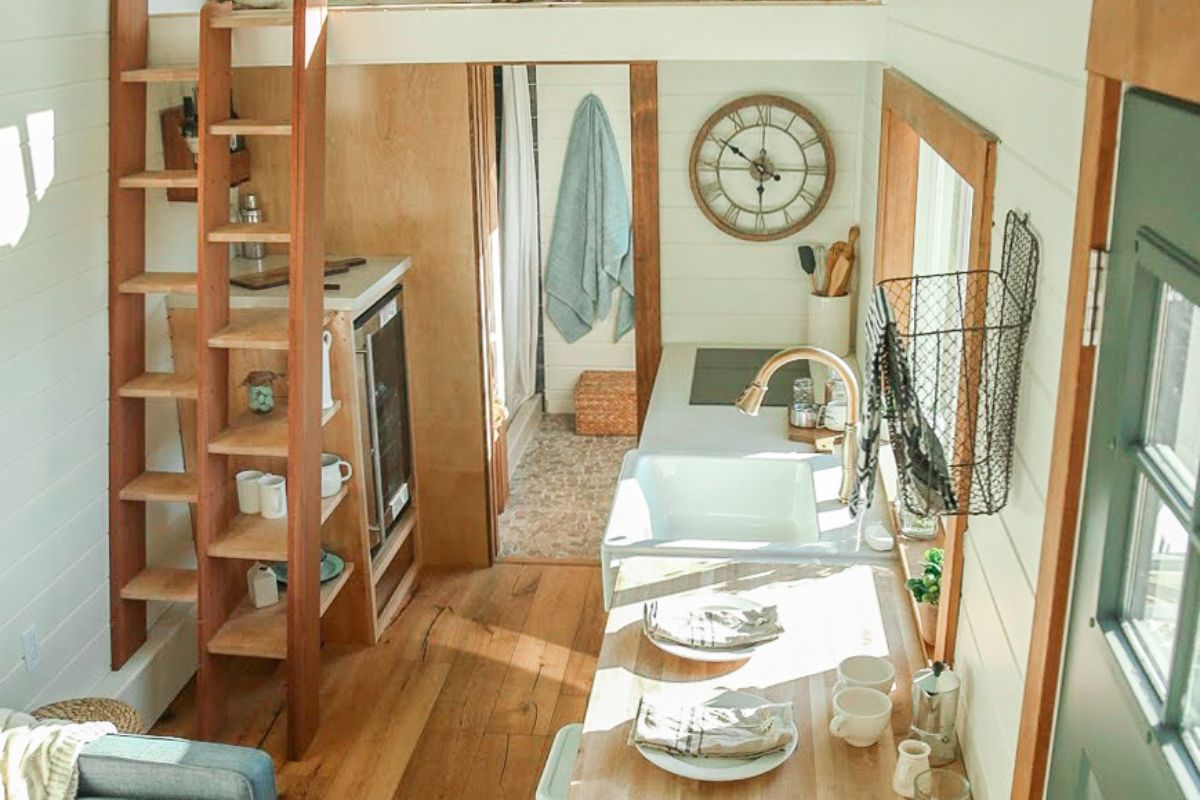Building a tiny home comes with plenty of exciting decisions to make, and one of the most important is choosing the right siding.
The right siding not only contributes to the aesthetic of your tiny house but also impacts its durability, energy efficiency, and maintenance needs.
Let’s explore some of the best tiny home siding ideas that will suit your style, budget, and long-term needs.
Why Siding Matters for Tiny Homes
-
Protection from the elements: Siding shields your tiny home from rain, snow, and wind.
-
Aesthetic appeal: It enhances the visual appeal of your house and complements your overall design.
-
Energy efficiency: Certain siding materials can improve your home's insulation, keeping it comfortable year-round.
-
Maintenance: Different materials require varying levels of upkeep, so choosing wisely can save you time and money in the long run.
1. Vinyl Siding for Tiny Homes
Vinyl siding is one of the most popular choices for tiny houses due to its affordability and ease of maintenance.
-
Pros:
-
Budget-friendly and available in a wide variety of colors and styles.
-
Resistant to moisture, which helps prevent mold and mildew.
-
Easy to install, even for DIY enthusiasts.
-
Low maintenance—no need for regular painting or staining.
-
Cons:
-
Less durable compared to other materials (can crack or fade over time).
-
Might not suit every aesthetic, especially for those wanting a more rustic or natural look.
Best for: Budget-conscious builders who want a quick and low-maintenance solution.
Anchor: If you're considering vinyl siding for a house, it's an excellent choice for both traditional and tiny home designs.

2. Metal Siding for Tiny Homes
Metal siding is gaining popularity, especially for modern or industrial-style tiny homes. Materials like steel or aluminum provide a sleek and sturdy exterior.
-
Pros:
-
Extremely durable and weather-resistant.
-
Fireproof and low-maintenance.
-
Offers a modern, industrial look.
-
Lightweight, making it ideal for tiny homes.
-
Cons:
-
Can dent or scratch easily if not properly maintained.
-
May require additional insulation due to its poor thermal efficiency.
Best for: Those looking for a contemporary, low-maintenance option that can withstand the elements.
3. Wood Siding for Tiny Homes
Wood siding offers a timeless, natural appearance that works well in both rustic and modern designs.
-
Pros:
-
Beautiful and customizable with stains or paints.
-
Provides excellent insulation properties.
-
Blends well with natural surroundings.
-
Cons:
-
Requires regular maintenance to prevent rot, warping, or pest infestations.
-
Can be more expensive and time-consuming to install.
Best for: Homeowners who love a rustic or natural aesthetic and are ready to invest in maintenance.
4. Fiber Cement Siding
Fiber cement siding is another durable and low-maintenance option, often used in more upscale tiny home builds.
-
Pros:
-
Extremely durable, resistant to fire, pests, and rot.
-
Low maintenance, only requiring occasional cleaning.
-
Available in many styles, including wood-look finishes.
-
Cons:
-
Higher upfront cost compared to other materials.
-
Requires special tools for installation, making DIY installation more challenging.
Best for: Those looking for a long-term, low-maintenance solution with a higher initial investment.

5. Wood-Look Composite Siding
If you love the look of wood but want less maintenance, consider wood-look composite siding. It combines the beauty of natural wood with the durability of composite materials.
-
Pros:
-
Offers the aesthetic of wood without the need for constant upkeep.
-
Resistant to fading, warping, and pests.
-
Environmentally friendly, as many are made from recycled materials.
-
Cons:
-
Can be more expensive than vinyl siding.
-
May not have the same authentic appearance as real wood.
Best for: Those who love the rustic charm of wood but don’t want the hassle of maintenance.
6. Shingle Siding
Shingle siding is a classic choice for tiny homes, especially if you're going for a coastal or cottage-style look.
-
Pros:
-
Beautiful, textured appearance that adds character to your tiny home.
-
Offers good insulation and is fire-resistant when treated properly.
-
Cons:
-
Requires regular maintenance to keep the shingles intact and free from mold.
-
Installation can be time-consuming and more expensive.
Best for: Homeowners wanting a charming, unique look and willing to take on maintenance.
Final Thoughts on Tiny Home Siding Ideas
Choosing the right tiny house siding is crucial for both the appearance and functionality of your tiny home. Whether you lean toward metal siding, tiny house for a modern look, or prefer the natural beauty of wood or composite options, there’s something to fit every style and budget.
Consider the climate, your personal aesthetic, and how much maintenance you’re willing to commit to when making your decision.
No matter which material you choose, make sure to prioritize durability and ease of maintenance to keep your tiny home looking great for years to come!





Share: